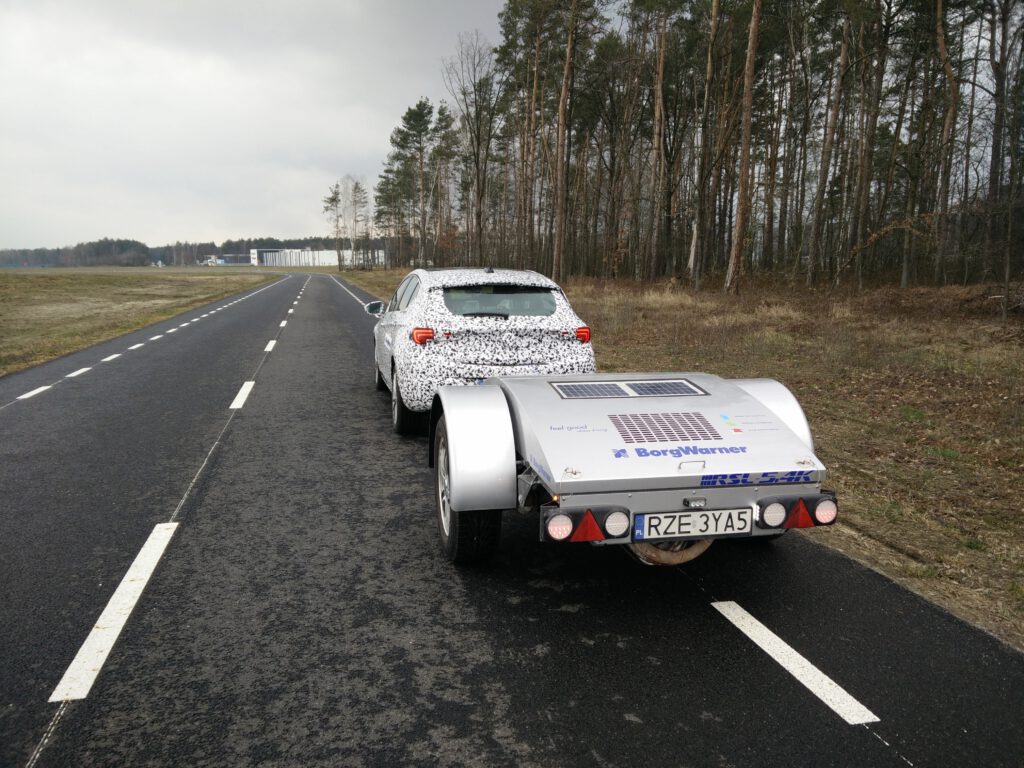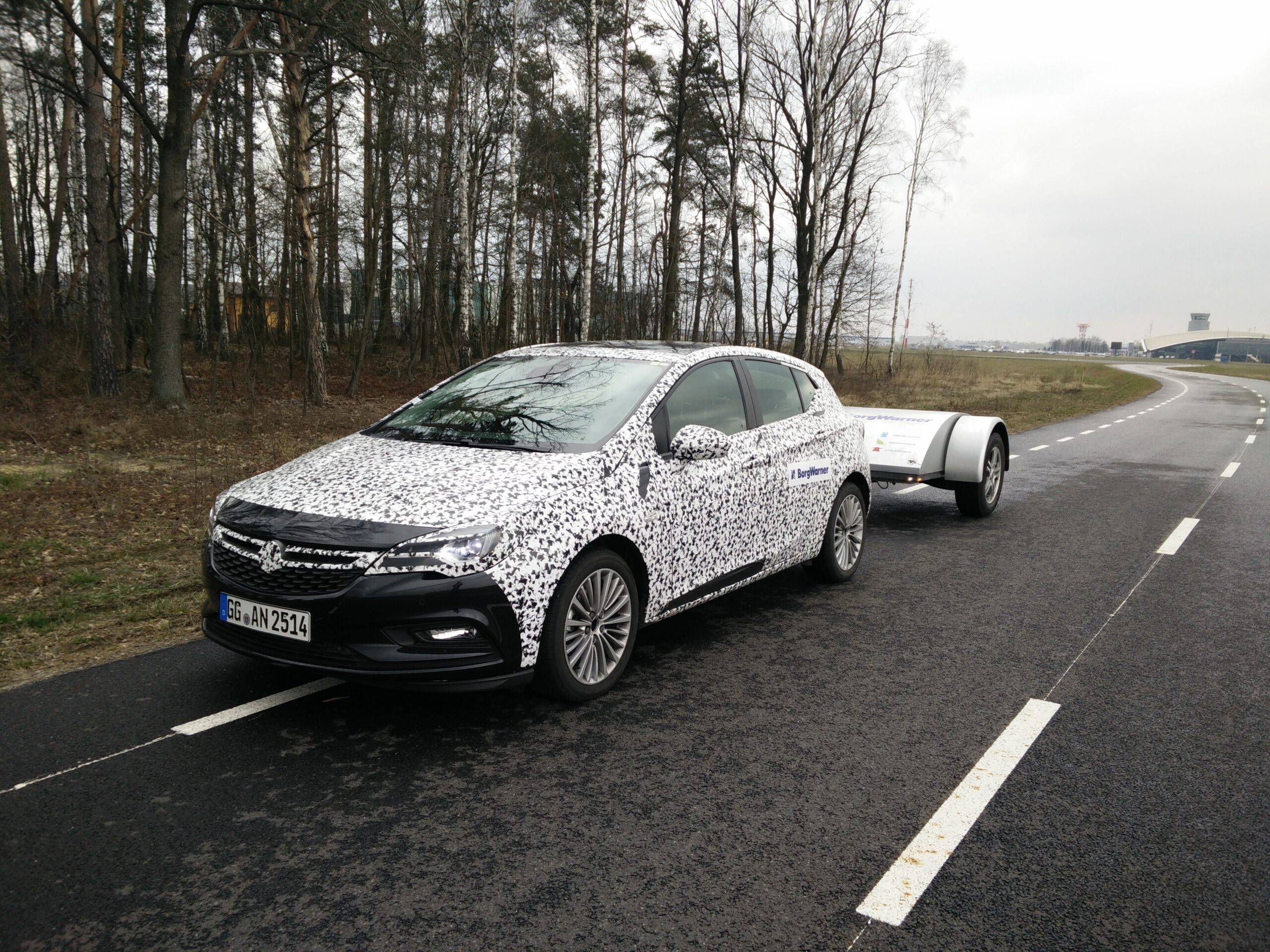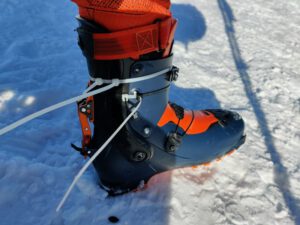When I was at BorgWarner, I had a very difficult problem to solve. It was necessary to test the cars before the oil warmed up, preferably uphill. Vibroacoustic tests require driving at various engine load cycles, which can be achieved on roads with appropriate gradients. Unfortunately, there are flat roads near the garages of the BorgWarner Research and Development Center. Due to the difficult local conditions, I started to be interested in mobile “towing dyno” car dynamometers. We managed to track down the right supplier in Europe. It turned out that OEMs buy a lot of such dynos. 24 hours a day, changing drivers on special tracks, they test various loads that simulate driving in mountain conditions.
My vibroacoustic test consisted of measuring turbocharger and engine vibrations, noise under the hood and the most important parameter – the transfer of this noise to the car cabin. Using special headphones with microphones, I recorded the sound exactly as the driver hears it. The idea behind this measurement was to determine the objective and subjective limit of audibility of the turbocharger in the middle of the car.
Steering the trailer was not easy. It was done using an additional tablet attached to the dashboard. I used a laptop to handle the measurements, lots of cables everywhere. An additional risk factor was that I was conducting the test on a public road. The trailer was able to stop the car without signaling with the brake lights. She might as well have made a sharp acceleration – the moment the brake was suddenly released and the gas pedal was pressed.





